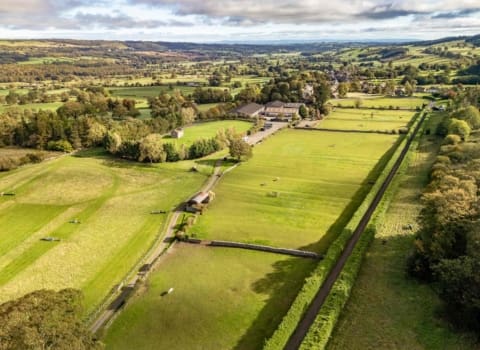Contact our offices
Main office
COLBURN
5 & 6 BAILEY COURT
COLBURN BUSINESS PARK
RICHMOND
NORTH YORKSHIRE
DL9 4QL
Estate Agency Offices are located in
BARNARD CASTLE, BOROUGHBRIDGE & RICHMOND
Residential Management Team
Our Offices
- Alnwick
01665 568310
Email Officealnwick@gscgrays.co.uk - Barnard Castle
01833 637000
Email Officebarnardcastle@gscgrays.co.uk - Boroughbridge
01423 590500
Email Officeboroughbridge@gscgrays.co.uk - Chester-Le-Street
0191 3039540
Email Officechester-le-street@gscgrays.co.uk - Colburn
01748 897630
Email Officecolburn@gscgrays.co.uk - Driffield
01377 337180
Email Officedriffield@gscgrays.co.uk - Hamsterley
01388 487000
Email Officehamsterley@gscgrays.co.uk - Hexham
01434 611565
Email Officehexham@gscgrays.co.uk - Kirkby Lonsdale
01524 880320
Email Officekirkbylonsdale@gscgrays.co.uk - Penrith
01768 597005
Email Officepenrith@gscgrays.co.uk

Farmland Market in the North of England – 2025 Outlook
The farmland market in the North of England has started 2025 with a noticeable sense of caution but also underlying momentum. While activity on the open market has been relatively subdued in terms of the volume of land for sale, there are growing signs that supply may increase as the year progresses.
Limited Supply, But Rising Interest
In the early months of 2025, the number of commercial farms and large blocks of farmland formally offered for sale has remained limited. However, this doesn’t reflect the full picture. Market appraisal requests—often a leading indicator of future sales—have risen significantly compared to this time last year. This suggests that more landowners are exploring their options and could bring land to market in the coming months.
Prices: Premiums for Prime Land, Pressure on Marginal
Trading data for 2025 is still in its early stages, with few transactions having completed by the end of the first quarter. That said, where sales have occurred, particularly involving high-quality arable land, prices have been strong. Productive blocks of arable land have achieved in excess of £15,000 per acre where there is competition from neighbouring landowners—an indication of continued confidence from both farmers and investors in prime agricultural assets.
Meanwhile, the natural capital market is providing additional impetus. Blocks of rough grazing land continue to attract healthy demand, supported by opportunities linked to Biodiversity Net Gain, carbon capture, woodland creation schemes and Nitrate Neutrality, particularly in the River Tees catchment area. These environmental drivers are giving a new lease of life to land that might previously have been overlooked.
However, not all parts of the market are buoyant. Marginal farms, particularly those lacking diversification or development potential, have seen a slight dip in interest. Buyers are proving more selective, particularly in light of interest rate pressures and evolving subsidy regimes, not helped by the sudden withdrawal of the Sustainable Farming Incentive (SFI) scheme.
Tenant Farm Sales and the Investment Market
One of the more active sectors of the northern farmland market so far in 2025 has been the sale of Agricultural Holdings Act (AHA) tenanted farms to sitting tenants. These transactions often trade at between 45% and 50% of their vacant possession values. The discount reflects the income constraints, with loan repayments for purchases commonly three times higher than the rental income from the land. Nonetheless, for many tenants, securing long-term control over their holdings remains a compelling motivator.
A Cautiously Optimistic Outlook
Looking ahead, we anticipate a resilient farmland market through the remainder of 2025. While macroeconomic pressures remain, particularly around borrowing costs and changes to capital taxation reliefs, the sector continues to present long-term value, driven by both traditional farming returns and emerging environmental markets.
New opportunities are expected to emerge, especially around carbon, biodiversity, and water management. With government policy continuing to shape land use and private sector interest in natural capital rising, 2025 could mark a transition year—one where strategic landowners begin to reposition for a future in which farmland is valued not only for food production but also for its role in environmental stewardship and climate resilience.
Forthcoming highlights from the GSC Grays Farm Agency Department include:
- The Kirkham Estate with 845 acres of prime Grade 2 arable land and 215 acres of amenity woodland
- Ellel Grange Estate with 105 acres of mowable pasture and 35 acres of amenity woodland
- Pannel Holme Farm with 300 acres of permanent pasture and rough grazing










